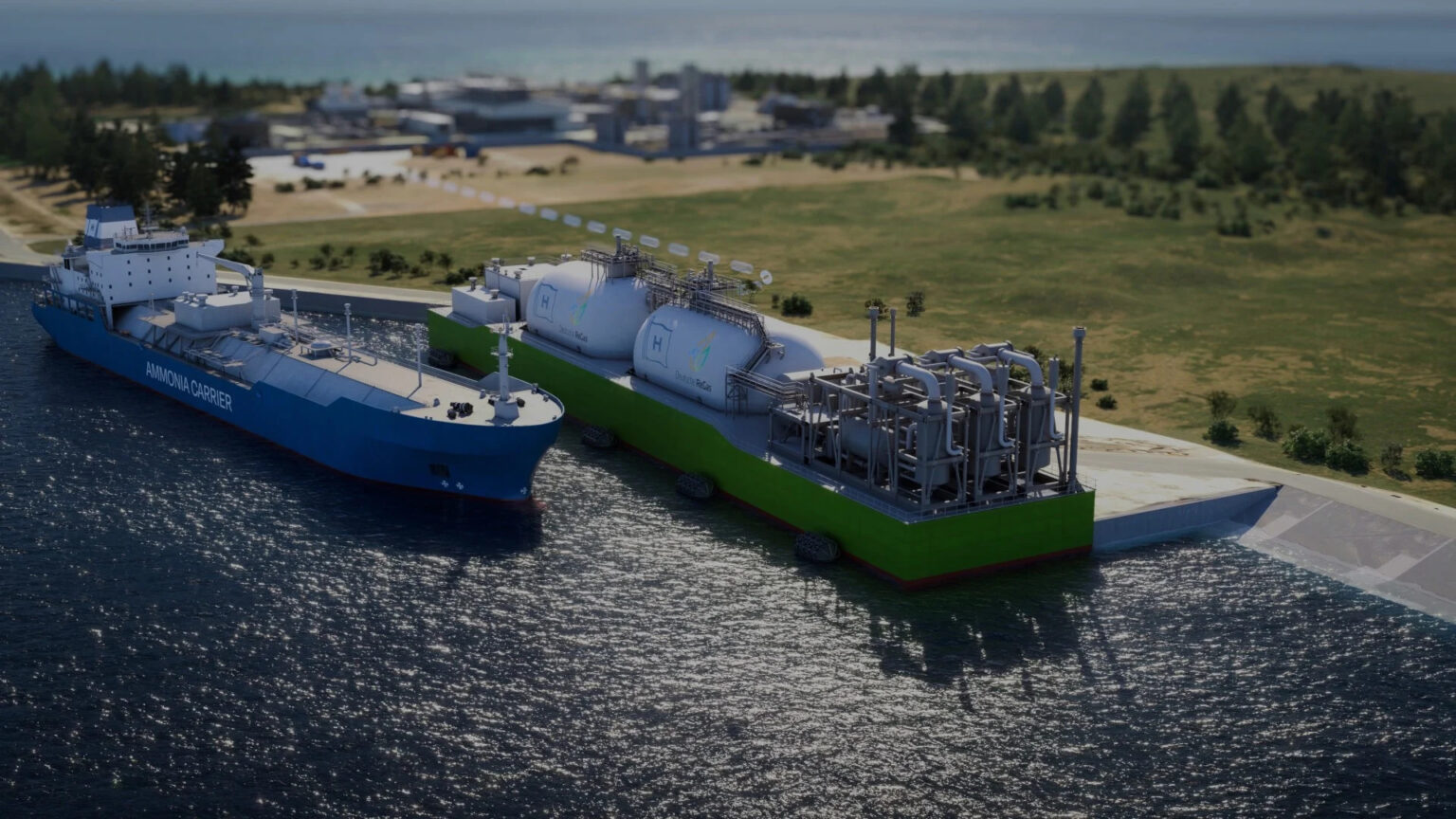German LNG terminal operator Deutsche ReGas announced the completion of the Front-End Engineering and Design (FEED) phase for its planned hydrogen hub in Lubmin. This project, which started in September 2023, focuses on creating a large-scale electrolysis plant. This facility will use renewable electricity to split water into hydrogen and oxygen.
Hydrogen Hub Details
The hydrogen hub project, known as H2-Hub Lubmin, is divided into two phases. Phase one aims to construct a 200 MW electrolyzer plant by the end of 2026, intending to produce up to 30,000 tons of green hydrogen annually. Phase two plans to expand the capacity to 500 MW by 2028, with an estimated production of up to 80,000 tons of green hydrogen annually. According to Deutsche ReGas, the hub will directly connect to the Flow-Hydrogen core network, ensuring a reliable supply for customers in eastern and southwestern Germany.
Facility Development
Deutsche ReGas acquired the land for this innovative project in the summer of 2022, with further expansions made in 2023. David Ibáñez, head of hydrogen strategies, highlighted the project’s progress, emphasizing its role in decarbonizing Germany’s industrial sector.
Floating Hydrogen Import Terminal
Alongside the hydrogen hub, Deutsche ReGas, in partnership with Norwegian company Hoegh LNG, is developing the world’s first floating green ammonia cracker in Lubmin. This terminal, set to commence operations in 2026, will produce approximately 30,000 tons of hydrogen annually.
